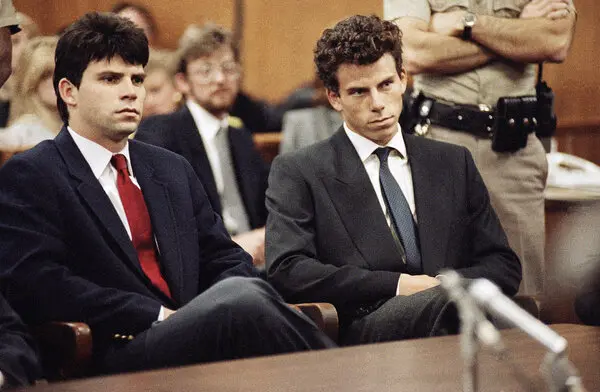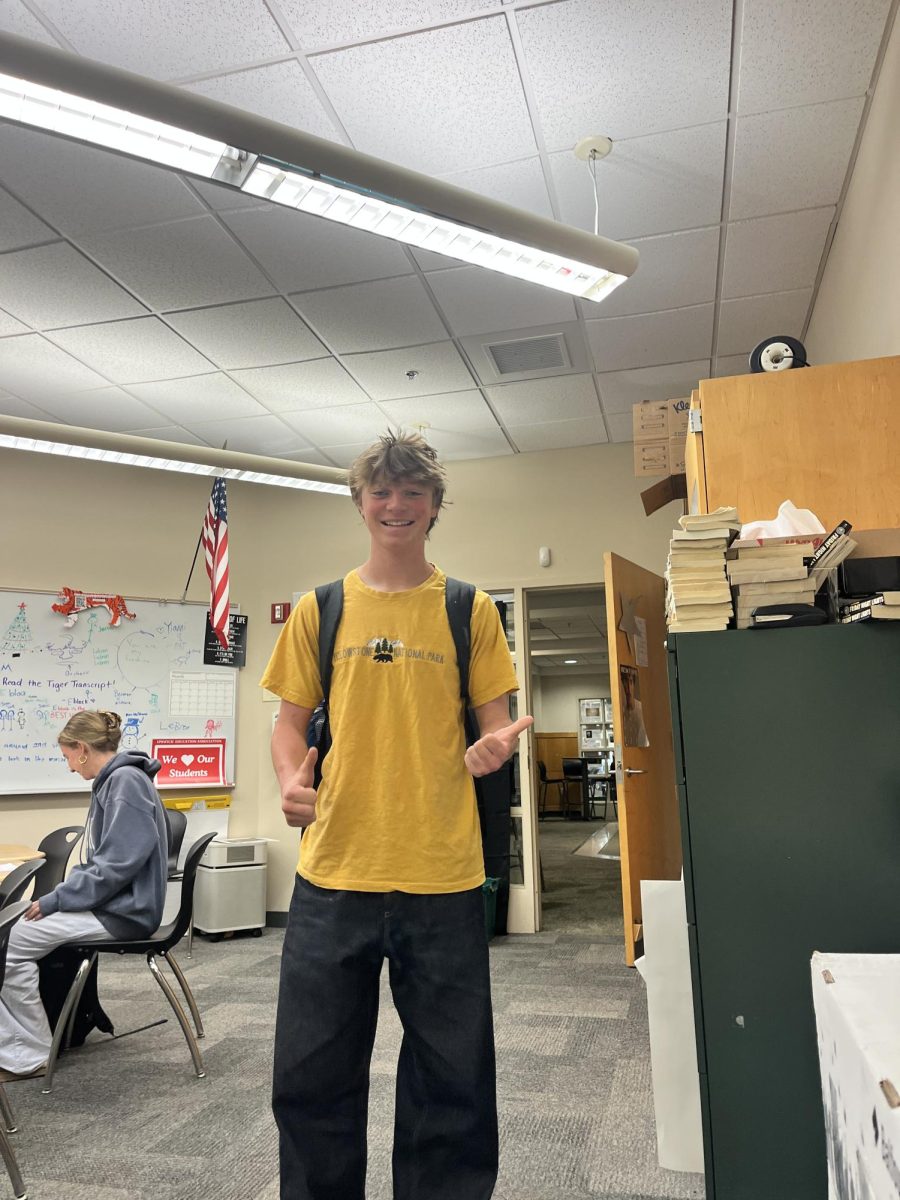
The book I chose to analyze for my article is the popular The Menendez Murders: The Shocking Untold Story of the Menendez Family and the Killings That Stunned the Nation by Robert Rand, published in 2018. Rand, an Emmy Award–winning journalist, began covering the Menendez brothers’ case for the Miami Herald the day after the murders on August 21, 1989. He was present in court for both trials and provided expert analysis for Court TV, ABC, and CBS News.
For context, in 1989, Erik and Lyle Menendez murdered their wealthy parents, José and Kitty Menendez, in their Beverly Hills home. Their father, José, was a successful Cuban-American executive at major entertainment companies like RCA and Live Entertainment, known for his aggressive and perfectionist personality. The brothers initially claimed their parents were killed in a mafia hit, but later confessed to the crime, stating they acted out of fear after years of alleged sexual and emotional abuse. The case went through two high-profile trials in the 1990s, and during the second trial (which excluded sexual abuse evidence), both brothers were convicted of first-degree murder and sentenced to life in prison without the possibility of parole.
I became interested in this case after watching the 2024 Netflix documentary and the true-crime series Monsters: The Lyle and Erik Menendez Brothers. Although I already knew a lot about the case, I wanted to see the story through the eyes of a journalist who had followed it closely for over 30 years. Rand’s book captivated me because it dives into the case’s emotional and legal complexities, particularly how the justice system failed to adequately account for the psychological trauma both brothers endured. As of now, it is both intriguing and nerve-wracking to see whether a judge or California Governor Gavin Newsom might consider resentencing or granting clemency in the coming months. I personally believe that the brothers were not given a fair second trial, and they have served enough time. From my perspective, they have shown clear rehabilitation and could serve as advocates for victims of sexual abuse if released.
The most prominent complexity Rand addresses is the Menendez brothers’ allegations of sexual and emotional abuse by their father. To me, it’s difficult to accept that two already wealthy young men would kill their parents out of simple greed. Rand carefully presents incidents that reveal a much darker reality behind the gates of their Beverly Hills home. In Chapter 12, “Growing Up Menendez,” Rand writes that “tennis was not just a sport for them to play but part of a family destiny to fulfill” (55). He describes one disturbing incident where, after Lyle injured his ankle during a match, José ridiculed him from the sidelines: “What a baby. Look, he can’t run. Oh, poor baby. Can’t play tennis.” When Lyle finally responded in frustration, José physically assaulted him, grabbing his neck and punching him while saying, “Don’t ever embarrass me like that again, or I’ll kill you” (57). Rand’s reporting also includes a coach’s statement that he “never saw parents like the Menendezes,” and that “the brothers were never able to do enough to please their father” (54).
Kitty Menendez’s role in the family was also far more disturbing than I initially assumed. Rand depicts her as emotionally volatile and fragile, often distant and even hostile toward her sons. On page 162, he describes how Kitty would scream at Lyle, calling him a “major problem in her life,” and even threatened to poison the family. Erik once found a suicide letter she wrote. When Lyle suggested she leave José, she refused. One of their aunts, Marta Cano, recalled being shocked when Kitty said she “wished her children had never been born” because they “got in the way” (63).
The most horrifying aspect of the book is the in-depth exploration of the sexual abuse, which allegedly began when the brothers were around six years old. José started by giving them “massages” after practice, something he described as being inspired by Roman traditions. In her opening statement, defense attorney Leslie Abramson described how this grooming escalated into oral copulation, sodomy, rape, and sadistic control (163). A particularly powerful piece of testimony came from the brothers’ third cousin, Diane VanderMolen, who spent summers with the family. She recalled that Lyle, at age eight, told her he and his dad had been touching each other in the genitals. When she told Kitty, Kitty didn’t believe her and angrily dragged Lyle away (199). This moment, for me, confirmed that something deeply disturbing was going on and that Kitty may have been willfully blind to it.
As I discussed this case with my classmates and friends, I realized how little many people know about the abuse claims that shaped the brothers’ actions. One friend, Mia Russo, said, “I’ve heard about it, but honestly, I don’t know enough to say whether they should still be in prison.” Another friend, Tia Speropolous, added, “I always thought they were just rich kids who killed for money. I didn’t even know there were abuse allegations.”
Rand also explores how gender and cultural perceptions affected the trials. He notes that in the first trial, all the male jurors voted to convict the brothers of murder, while the women leaned toward manslaughter. This discrepancy speaks volumes about how, in the 1990s, society was largely unwilling to acknowledge that boys—especially privileged boys—could be victims of sexual abuse. This book made me appreciate how far we’ve come in terms of understanding trauma, particularly in male survivors. Thanks to expert testimony and public discourse, more people are now able to see how such abuse shapes behavior and leads to desperate, tragic decisions.
In conclusion, The Menendez Murders offered a powerful, empathetic look into one of the most sensationalized cases in American legal history. Rand’s reporting helped me understand that this case wasn’t just about murder—it was about cycles of trauma, fear, and survival. I believe Lyle and Erik Menendez have paid a heavy price and have shown growth, remorse, and a desire to help others. They deserve a second chance—both legally and in the public eye.





